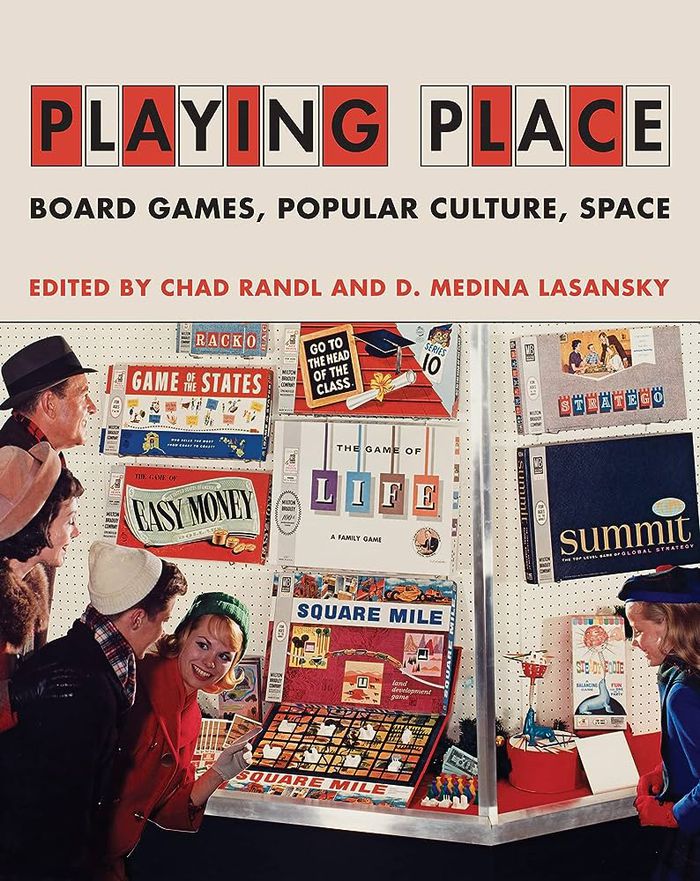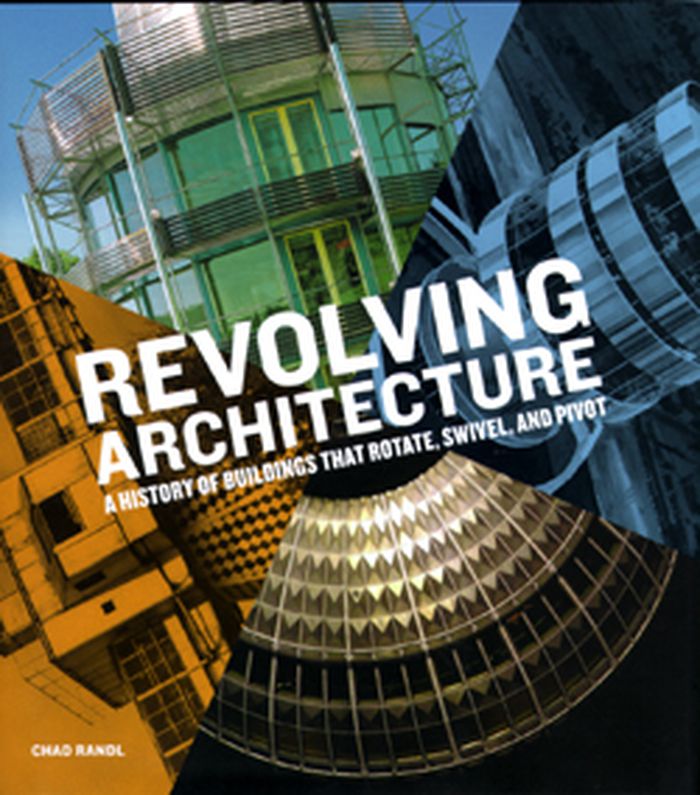$53.95
(disponible sur commande)
Résumé:
An essay collection exploring the board game's relationship to the built environment, revealing the unexpected ways that play reflects perceptions of space. Although board games are often recreational objects, their mythologies and infrastructure do not exist in a vacuum—rather, they echo and reproduce prevalent cultural landscapes. This thesis forms the throughline of(...)
Playing place: Board games, popular culture, space
Actions:
Prix:
$53.95
(disponible sur commande)
Résumé:
An essay collection exploring the board game's relationship to the built environment, revealing the unexpected ways that play reflects perceptions of space. Although board games are often recreational objects, their mythologies and infrastructure do not exist in a vacuum—rather, they echo and reproduce prevalent cultural landscapes. This thesis forms the throughline of pieces reflecting on subjects as diverse as the rigidly gendered fantasies of classic mass-market games; the imperial convictions embedded in games that position player-protagonists as conquerors establishing dominion over their “discoveries”; and even the uncanny prescience of games that have players responding to a global pandemic. Representing a thrilling convergence of historiography, architectural history, and media studies scholarship, Playing Place suggests not only that tabletop games should be taken seriously but also that the medium itself is uniquely capable of facilitating our critical consideration of structures that are often taken for granted.
Théorie de l’architecture
$39.95
(disponible sur commande)
Résumé:
Alternately lauded as the future of architecture or dismissed as pure folly, revolving buildings are a fascinating missing chapter in architectural history with surprising relevance to issues in contemporary architectural design. Rotating structures have been employed to solve problems and create effects that stationary buildings can't achieve. Rotating buildings offered(...)
Revolving Architecture: a history of buildings that rotate, swivel, and pivot
Actions:
Prix:
$39.95
(disponible sur commande)
Résumé:
Alternately lauded as the future of architecture or dismissed as pure folly, revolving buildings are a fascinating missing chapter in architectural history with surprising relevance to issues in contemporary architectural design. Rotating structures have been employed to solve problems and create effects that stationary buildings can't achieve. Rotating buildings offered ever-changing vistas and made interior spaces more flexible and adaptable. They were used to impress visitors, treat patients, and improve the green qualities of a structure by keeping particular rooms in or out of the sun. The follow-up to his critically acclaimed book A-frame, Chad Randl's Revolving Architecture: A History of Buildings that Rotate, Swivel, and Pivot explores the history of this unique building type, investigating the cultural forces that have driven people to design and inhabit them. Revolving Architecture is packed with a variety of fantastic revolving structures such as a jail that kept inmates under a warden's constant surveillance, glamorous revolving restaurants, tuberculosis treatment wards, houses, theaters, and even a contemporary residential building whose full-floor apartments circle independently of each other. International examples from the late 1800s though the present demonstrate the variety and innovation of these dynamic structures.
Structures d’ingénierie

